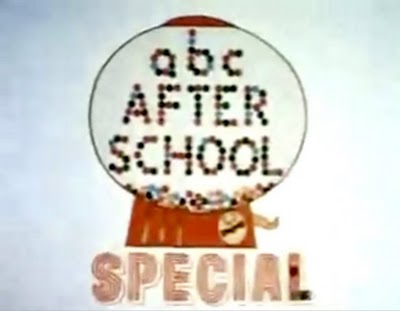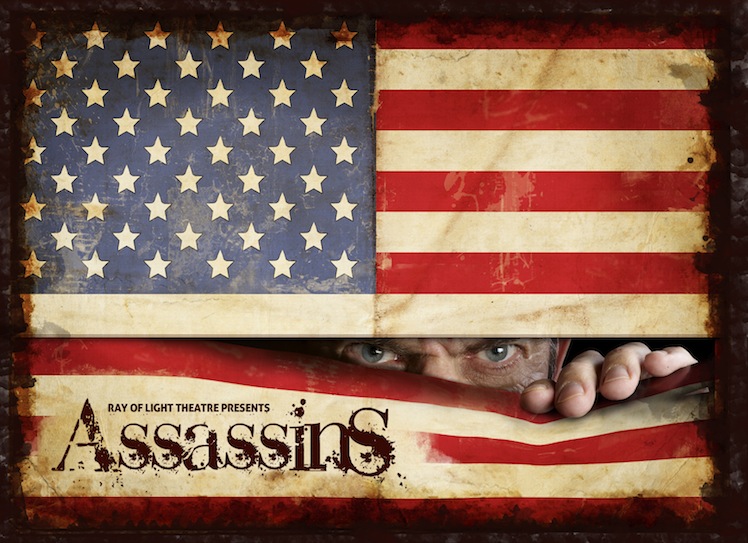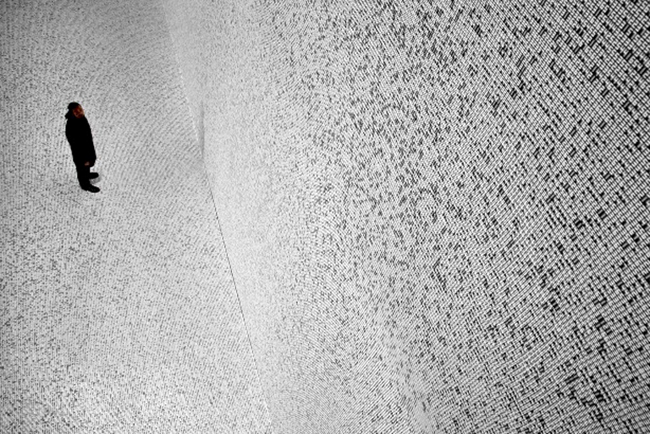Review: Anna Nicole, The Opera
An Anna Nicole Smith opera. So obvious. High tragedy, low comedy, and all spectacle. The source material is golden. One would think it writes itself. One would be very wrong.
The challenge (as with all adaptations, but even more so with non-fiction subjects) is two-part, first one must distill the mountain of actual events into a more or less functioning narrative. And second one must dramatize these events with a coherent and appropriate tone. Sometimes the tone takes more significance than the events themselves. Think of Cronenberg’s Naked Lunch, which freely intertwined aspects of William S. Burrough’s life with scenes from his fiction, creating a hazy nightmarish meta-biography that upon watching, gave one the queasy feeling of what it would be like to BE William S. Burroughs. Or Glass’s Satyagraha, which stubbornly, insistently, (and non-violently) presents Ghandi’s life as a series of static tableaus in an incomprehensible sanskrit.
In the superlative Jerry Springer: The Opera, Richard Thomas got the tone just right. He managed to tease the humanity out of the raunch while still leaving in a great deal of humor and a hint of travesty. He seemed a perfect match to tell the story of Anna Nicole Smith. But something, somewhere went wrong.
But first let’s focus on what went right. Sarah Joy Miller as Anna seems born to this role. From the moment she bounces in on her overstuffed lamé loveseat, her wide set eyes, and stunning beauty are perfectly suited to Smith’s unapologetic sense of irrepresable self. Her bubbly, effusive beauty seems entirely guileless, which, in theory, sets up a compelling dynamic against those who see her as a shrewd, calculating opportunist. But for all Miller’s abilities, the libretto fails her. A bunch of things happen to her, but we’re given little to no insight into her role in all of it, does she have agency? Is she a victim? A victimizer? Does she have thoughts or opinions? Desires? Regrets? We have no idea. In a colossal failure of imagination, the libretto tells us no more than we could learn by watching reruns of The Anna Nicole Smith Show. And that’s a real shame.
Instead we’re treated to a host of increasingly lame rhyming couplets about “titties” and “whores”, pronounced (and properly scansioned) as “hoo-ers”. And surely there’s a german word for “That feeling you get after a stupidly obvious rhyme is set up and you hope that maybe they’ll do something more clever with it but then they don’t”. If there is, I can think of no better example of it then a chorus of women awaiting breast implants singing a line that ends with “we are restless”. Ugh. Waiting for that other smelly shoe to drop wasn’t exactly a high point in the NYC Opera’s storied history. At some point the novelty of third grade potty mouth set to serious music loses its naughty appeal and you need to actually have an idea behind it. Avenue Q, for example, stands head and shoulders above this libretto when it comes to irreverent sophistication.
But those objections are overstated. When the libretto works, it works quite well. J. Howard Marshall II, Smith’s 86 year old second husband, stands out as the most well defined character in the opera. His entrance is wonderfully staged, flying in from the rafters in an oversized chair, making him look like a shriveled ventriloquist’s dummy, greeting the audience with a hilariously understated “Hi”. He is the big fish that Smith lands with her outsized boob job, but rather than a doddering old man being floozily bamboozled, he’s a sharp, aggressive, and frank manifestation of the american dream. He earned his billions and his money will afford him the pleasures that common decency would prevent. Their quid pro quo relationship is the most crystalline, sensible, and interesting aspect of the opera. Their wedding, the finale of act 1, is a perverse tableau featuring a pill popping, huge breasted Disney princess posed in a field of Jeffery Koons sculptures, arm and arm with an octogenarian prince charming, while a single dancer in a black leotard and a camera for a head proceeds ominously en pointe throughout. It’s hilarious and chilling with a hint of tragedy, by far the most effective moment of the work.
But the promise of this setup is betrayed by the second act, which sketches out the last half of Smith’s life so summarily that it barely registers. Once Marshall ends up wrapped in plastic (like the rest of his furniture) we’re treated to sleazy scenes of her lawyer/lover Howard K Stern capitalizing on her tabloid appeal and a wonderfully surreal appearance on Larry King, but no real exploration, or even more than a passing indication of her decline, her weight struggles, or her reality TV show. A story could be made here. Does Stern’s opportunistic exploitation of Smith echo Smith’s opportunistic exploitation of Marshall? Is Smith’s need for public exposure inherent to her personality or a necessity born from the withholding of Marshall’s money? There is no way of knowing the answers to these questions, but if you’re the sort of person who likes exploring these issues, perhaps you should write your own opera about Anna Nicole Smith, because this one doesn’t seem to have the time or inclination. It’s as if in place of a dramatic arc they just gave up and said “this happened, then this happened, and then this happened”, so by the time Smith herself is wrapped in plastic, we’re left wondering, so what?
A case could be made that this is intentional, that in the end there wasn’t anything under the surface of Smith’s beauty or exposure, that in place of a human being there was just a series of money shots. If that’s the case, this is a bleaker opera than perhaps any in the repertoire. But I can’t imagine that’s the case. I have to believe that the shortcomings of this opera, like those of Anna Nicole Smith herself, are due to an ignorance, a lack of intent, a failure of imagination of the authors, because the alternative, that this outcome could be the result of a conscious, calculating brain, and the ramifications that that would entail are too nihilistic for this member of the viewing public to bear.



